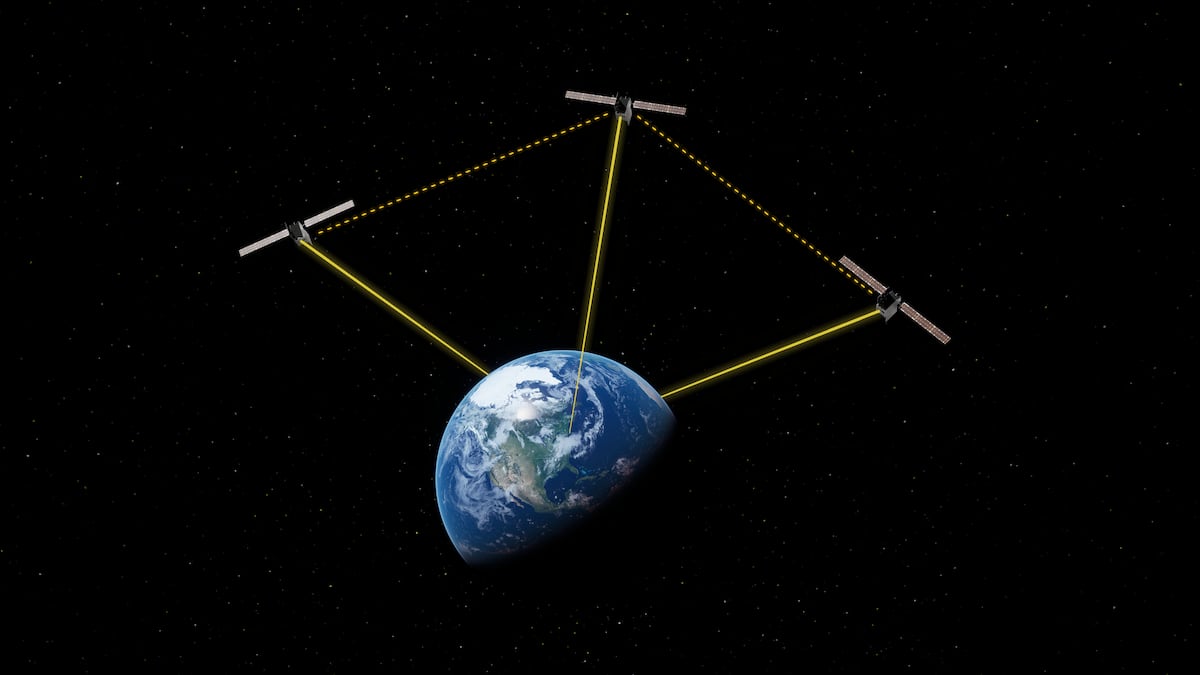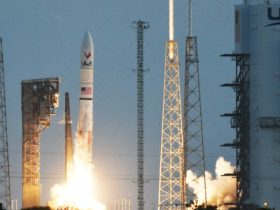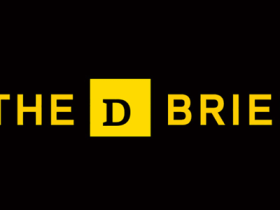Defense giant Boeing today announced plans to demonstrate quantum networking in space — a technological feat that, if successful, could help change the way the military processes data and identifies targets.
The company plans to launch the effort, dubbed Q4S, in 2026 using its own research-and development money. The experiment will demonstrate a concept called entanglement swapping — the ability to bring together, or entangle, the quantum states surrounding particles that haven’t previously interacted. The process is required to build expansive, hack-resistant networks in space.
Boeing set out to tackle the entanglement swapping challenge in 2021 with the goal to move as quickly as possible to push quantum technology as far as it could, according to Jay Lowell, chief engineer for disruptive computing, networks and sensors. Through the demonstration, the company hopes to learn more about how to build quantum networks that could prove transformational for a number of industries, including defense.
“We chose a goal that nobody else had accomplished, and we saw no one out there trying to do this,” Lowell told Defense News in a recent interview. “We knew it needed to be done to get where we want to go, which is the development of global quantum networks that connect sensors and computers around the world.”
The U.S. government spends about $1 billion each year on quantum technology development through its National Quantum Initiative, which it established in 2018 to help maintain an edge over China.
In the last decade, China has conducted several significant experiments aimed at reaching breakthroughs in quantum networking. In 2016, the country’s Quantum Experiments at Space Scale demo showed that it was possible to establish quantum keys across long distances. In 2022, it followed up that effort with the Jinan-1 launch, generating keys at a much faster rate.
Lowell described entanglement swapping as “more than twice as hard” as key distribution.
“From an impact perspective, these are the technologies that we need to validate are going to work in order to have the hope of building the quantum networks we want to build,” he said.
The yearlong mission aims to demonstrate entanglement swapping between two sources within a single satellite. Working with its payload and technology partner, HRL Laboratories, Boeing has completed several key design reviews and will run an integrated payload test this month. The payload is slated to be delivered within a year, Lowell said.
California-based Astro Digital, which is building the satellite the payload will fly on, will start production of the spacecraft in 2025.
Boeing’s focus throughout design and testing has been to build backups and contingencies into the system to reduce risk of mission failure, Lowell said.
“There are only a few things that, if they fail, we’re dead,” he said. “We’re pretty confident that if those few things work, everything else will go fine and we will get very useful information out of this experiment.”
If Q4S is able to demonstrate entanglement swapping within one spacecraft, Boeing’s next target is to develop a multi-satellite experiment to prove the capability works within a small, space-based network. Lowell said the company is exploring government and commercial partnerships for the next phase, but could also build the mission with internal funding.
Q4S and any future experiments are part of a broader emphasis within Boeing on demonstrating new technologies as well as how those capabilities fit within the company’s existing portfolio, he noted.
“The better we do that, the easier it is for our customers to understand the context of what it is that they’re getting in a way that’s recognizable to them,” Lowell said. “The better conceived the demonstration is, the closer it allows the customer to see the vision that we have and to start sharing in that vision or even pull us along further towards their vision.”
Courtney Albon is C4ISRNET’s space and emerging technology reporter. She has covered the U.S. military since 2012, with a focus on the Air Force and Space Force. She has reported on some of the Defense Department’s most significant acquisition, budget and policy challenges.
Read the full article here








Leave a Reply